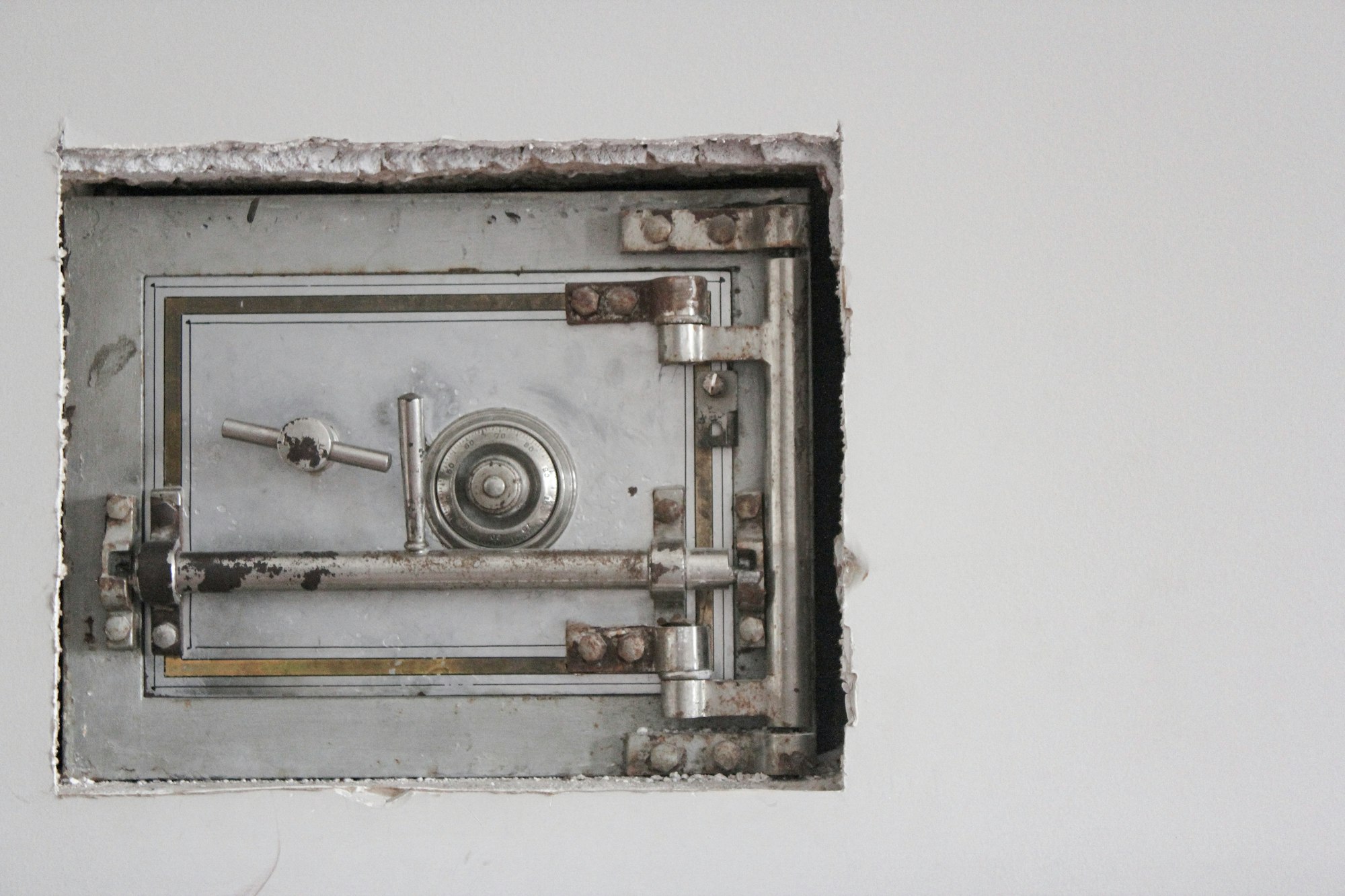Struggling with maintaining a positive cash flow? Try implementing prepayments such as deposits and milestone payments to provide your business with some cash resources upfront.

A whopping 82% of businesses cited poor cash flow management as the main reason for business failure.
Businesses struggle with maintaining positive cash flow, especially in their first year. Managing your cash flow by analyzing your cash flow statement and taking appropriate measures to maximize cash inflow opportunities while avoiding unnecessary cash outflows is critical.
One easy way to improve your cash flow is to implement a mandatory prepayment before proceeding with an order.
Prepayments can come in the form of a simple deposit system, where your customer must make a prepayment to confirm an order.
Alternatively, introducing staged payments by breaking down the payment process into multiple stages can also be used for project-based industries with longer turnaround time.
To find out more about improving cash flow and cash flow statements, read our cash flow statement guide here.

What is a Deposit?
A deposit (also known as a down payment) is an advanced payment required before the fulfillment of an invoice. Deposits are usually required for orders that require a large number of products, customized orders, or services such as home improvement or repair services. The outstanding payment is due after the customer receives the goods or services in full.
Introducing a deposit requirement for large or custom orders can significantly improve your cash flow as it provides you some resources before the final payment.
Additionally, a non-refundable deposit also discourages customers from defaulting on their orders and provides compensation if they do not pay in the end. However, do remember that you are also obligated to return the deposit if you are unable to fulfill the order on the agreed terms.

What are Staged Payments?
Staged payments (otherwise known as milestone payments) serve as an alternative to placing a deposit. This payment model is more common in the construction and project-based industries, where completion of a request can take up to months or even years. Staged payments involve payment upon reaching a milestone during fulfillment, such as completing a phase or hitting a specified goal.
How Do I Go About Invoicing For a Deposit Or Prepayment?
Other than the deposit terms being reflected clearly in an invoice or your contractual agreement with a client, you can prepare your invoice in two ways:
1. Create a Single Invoice That Reflects the Full Payment Required (Including Deposit)
For this approach, the total amount owed for the order should is reflected in the invoice. In the invoice, remember to include a clause or memo that informs the customer of the deposit amount before you start working on fulfillment.
Any prevailing sales tax will be collected based on the entire amount indicated in the invoice for businesses that rely on accrual accounting. Additionally, this might also skew your profit and sales reporting as you will not receive the rest of the payment until fulfillment is complete. Therefore, this approach is only ideal if you can complete the order within a few days of receiving the deposit.
2. Create Separate Invoices for Each Instance of Payment
To avoid accounting for sales tax on an amount that has not been received, you can send separate invoices every time you required payment. For the deposit payment model, it usually means two separate invoices: one invoice for the initial deposit and the second for the outstanding amount.
You should also clearly indicate in the document that payment of the deposit invoice is required before you proceed with the order. This approach allows you to capture sales tax payable accurately and sales earned and is more common for orders that require a long period to fulfill.
For staged payments, you can send a separate invoice after completion of each stage. Remember to lay out the requirements that define each milestone and label each invoice corresponding to their respective phase.
Are you looking for ways to improve your invoicing process or sourcing for invoice templates? Check out our invoicing guide here!

Summary
- Prepayments can improve your cash flow as it provides you with some cash upfront
- Deposits involve a single advanced payment to confirm the order and protect against customers who do not pay after fulfillment, offsetting the cost lost
- Staged payments require payment to be made upon reaching each milestone, and are suitable for orders with a long turnaround time of months or years
- The terms and conditions surrounding the deposit or prepayment should be established and reflected in your contract and invoices
- For the deposit method, a single invoice that contains the full amount is viable if you have a short turnaround time
- Separating your deposits and outstanding payments into two or more invoices is ideal for businesses with longer turnaround time and using either the deposit or staged payment approach


